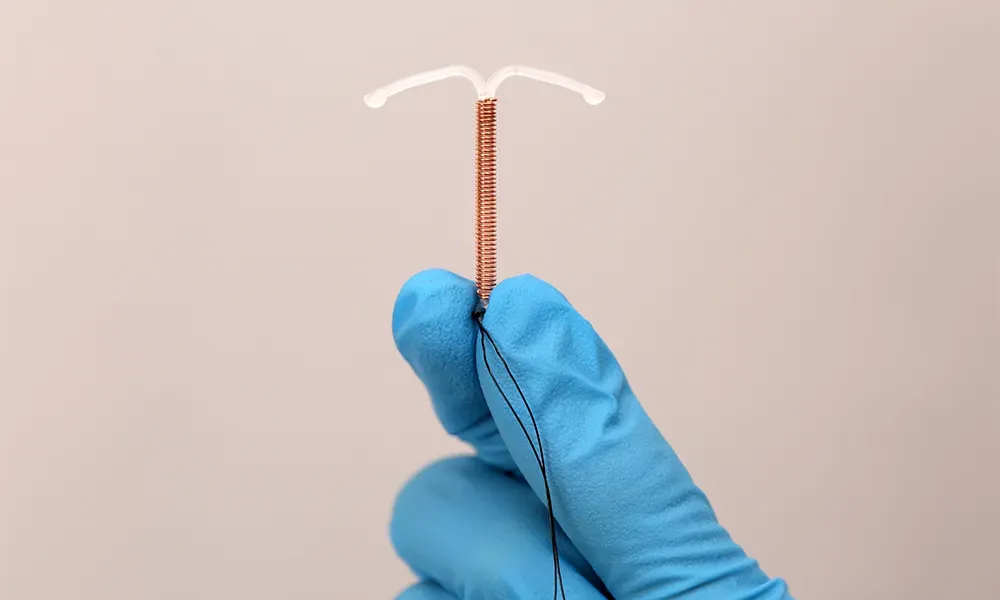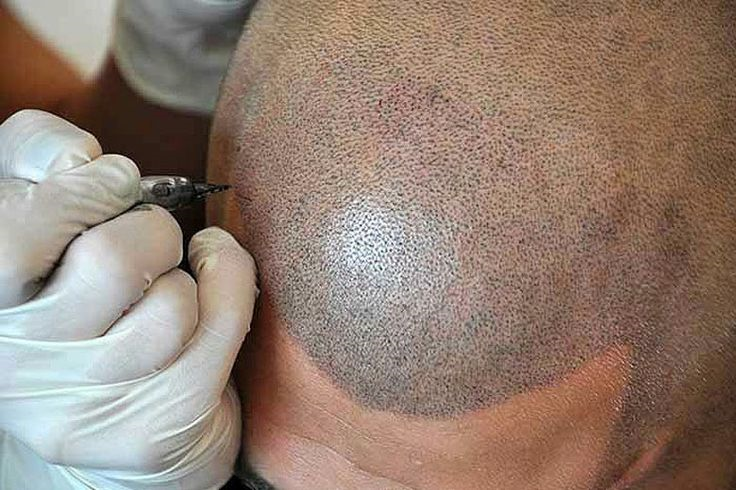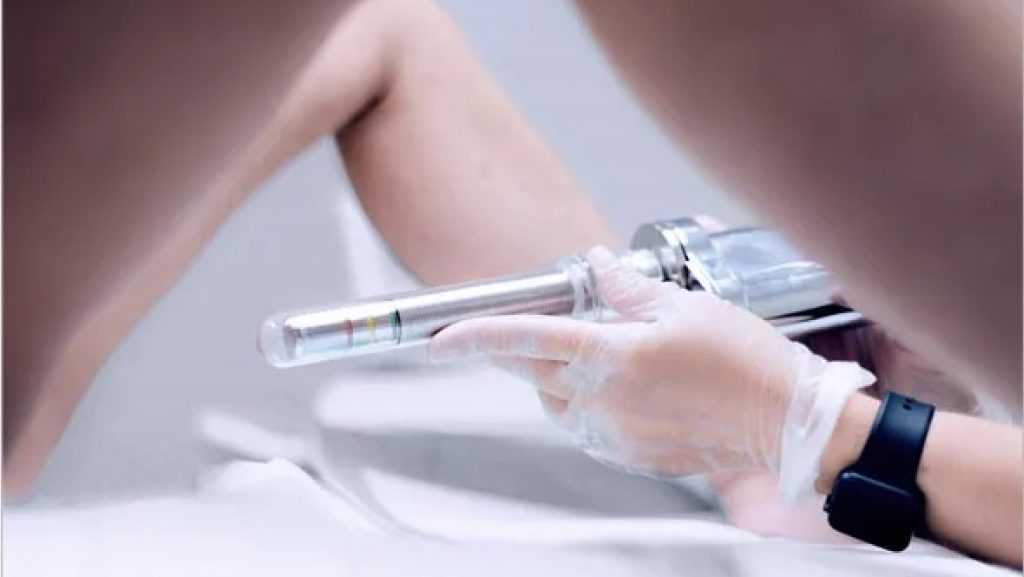Choosing to undergo Copper T Abu Dhabi insertion is a significant decision towards managing reproductive health. As a highly effective form of long-term contraception, the Copper T offers women a reliable option for birth control. Proper preparation before the procedure can enhance comfort, reduce potential complications, and ensure a smoother experience. This guide provides comprehensive insights into how to prepare for the Copper T insertion in Abu Dhabi, covering essential steps and considerations to help you feel confident and well-informed.
Understanding the Copper T and Its Benefits
What Is a Copper T?
The Copper T is a small, T-shaped intrauterine device (IUD) made of plastic and copper. Once inserted into the uterus, it works by preventing fertilization through the release of copper ions, which create an environment hostile to sperm. The Copper T is one of the most popular long-term contraceptive methods globally, appreciated for its effectiveness and reversibility.
Advantages of Copper T
- Long-lasting contraception: Can provide protection for up to 10 years.
- Hormone-free: Suitable for women who prefer non-hormonal options.
- Reversible: Fertility typically returns quickly after removal.
- High efficacy: One of the most reliable birth control methods available.
How to Prepare for Copper T in Abu Dhabi Insertion
Schedule a Consultation with a Healthcare Provider
The first step in preparation is to consult with a qualified healthcare professional. During this appointment, the provider will evaluate your medical history, discuss your reproductive plans, and determine if the Copper T is suitable for you. They may also perform a pelvic examination and possibly an ultrasound to assess uterine size and shape.
Share Your Medical History
Accurate information about your health is vital. Be prepared to discuss any history of pelvic infections, abnormal bleeding, allergic reactions, or previous gynecological surgeries. This information helps the healthcare provider ensure that the Copper T is safe and appropriate.
Get a Baseline Pelvic Examination
A pelvic exam helps assess your reproductive organs’ health and confirms that there are no contraindications for IUD insertion. It also provides the healthcare provider with essential information to plan the procedure effectively.
Undergo Necessary Tests
Pre-insertion tests may include:
- Pregnancy test: To confirm you are not pregnant at the time of insertion.
- Infections screening: Tests for sexually transmitted infections (STIs) or other infections that need to be treated beforehand.
- Pap smear: To screen for cervical abnormalities, if not done recently.
Timing the Procedure
The best time for Copper T insertion is during your menstrual period, especially within the first few days of bleeding. This timing helps reduce the risk of inserting the device during an undiagnosed pregnancy and makes the procedure more comfortable.
Avoid Certain Activities Beforehand
- Avoid unprotected sex: For at least 48 hours before the procedure to reduce infection risk.
- Limit tampon use: Switch to sanitary pads a day before to keep the vaginal area clean.
- Refrain from using vaginal medications or douches: To prevent irritation or interference with the insertion process.
Discuss Medications and Pain Management
If you experience anxiety or discomfort with medical procedures, discuss pain management options with your healthcare provider. They may recommend over-the-counter pain relievers or local anesthesia. Some women opt to take pain medication an hour before the appointment.
What to Expect on the Day of Copper T Insertion
Clothing and Personal Preparations
Wear comfortable clothing that allows easy access to the pelvic area. You may be asked to empty your bladder before the procedure to improve comfort and visibility.
During the Procedure
The healthcare provider will perform a pelvic exam, insert a speculum, and cleanse the vaginal area. A tenaculum may be used to stabilize the cervix. The Copper T is then inserted through the cervical canal into the uterus. The procedure typically lasts a few minutes.
Post-Insertion Instructions
After the insertion, you might experience cramping or light bleeding. Rest for a short period before resuming daily activities. The provider will give you specific instructions on what to watch for and when to seek medical attention.
Post-Procedure Care and Follow-Up
Monitoring for Side Effects
Common post-insertion symptoms include cramping, spotting, or a feeling of fullness. These usually resolve within a few days. If severe pain, heavy bleeding, or signs of infection occur, contact your healthcare provider immediately.
Schedule Follow-Up Appointments
A follow-up appointment is typically scheduled a few weeks after insertion to ensure the Copper T is correctly positioned and to address any concerns. Your provider may perform an ultrasound or pelvic exam during this visit.
Regular Self-Checks
Learn how to check the strings of the Copper T to ensure it remains in place. If you notice any changes or if the strings are no longer felt, seek medical advice promptly.
Tips to Ensure a Smooth Insertion Experience
- Stay relaxed: Deep breathing and relaxation techniques can reduce discomfort.
- Eat a light meal: Having a small meal before the appointment can help you feel better.
- Communicate: Inform your healthcare provider about your pain threshold or anxiety; they can adjust their approach accordingly.
- Arrange transportation: Post-procedure, you might feel tired or experience mild cramping, so plan accordingly.
Frequently Asked Questions (FAQs)
How long before the Copper T in Abu Dhabi becomes effective?
The Copper T begins to work immediately after insertion if placed during the first few days of your period. If inserted at other times, it may take a few days to become fully effective; consult your healthcare provider for guidance.
Can I have sex immediately after Copper T insertion?
It’s generally recommended to use additional contraception, such as condoms, for at least 48 hours post-insertion until your healthcare provider confirms the device’s placement is secure.
Is it normal to experience bleeding after Copper T insertion?
Light bleeding or spotting is common in the first few days or weeks after insertion. If bleeding is heavy or persists beyond a few weeks, consult your healthcare provider.
How soon can I get pregnant after removing the Copper T?
Fertility typically returns quickly after removal, often within a month. If planning pregnancy, discuss your plans with a healthcare provider to ensure optimal timing and health.
Conclusion
Preparing adequately for the Copper T in Abu Dhabi insertion can significantly enhance your comfort and overall experience. From scheduling a consultation to understanding the procedure and post-insertion care, being well-informed empowers you to make confident decisions about your reproductive health. Remember to follow your healthcare provider’s advice closely and attend all scheduled follow-ups to ensure the best possible outcome. This proactive approach ensures you benefit fully from the Copper T’s reliable, long-term contraceptive benefits while maintaining your well-being.







0 Comments